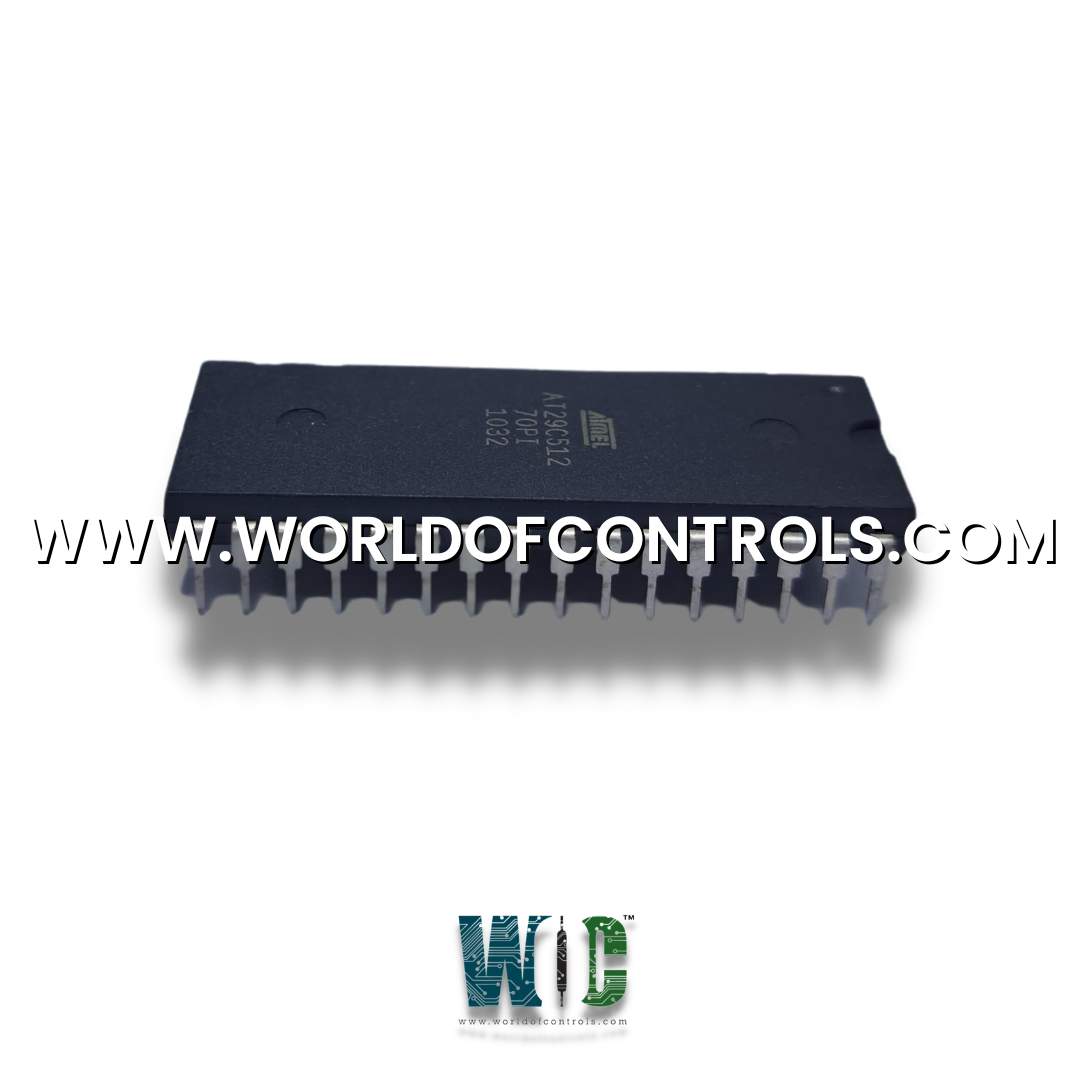
World Of Controls understands the criticality of your requirement and works towards reducing the lead time as much as possible.
DS200TCEAP1BBC - Software PROM Set is available in stock which ships the same day.
DS200TCEAP1BBC - Software PROM Set comes in UNUSED as well as REBUILT condition.
To avail our best deals for DS200TCEAP1BBC - Software PROM Set, contact us and we will get back to you within 24 hours.
SPECIFICATIONS:
Part Number: DS200TCEAP1BBC
Manufacturer: General Electric
Series: Mark V LM
Product Type: Software PROM Set
Number of channels: 12
Power supply voltage: 28 V dc
Voltage Range: 14 to 32 V dc
Operating temperature: -30 to 65°C
Availability: In Stock
Country of Origin: United States
FUNCTIONAL DESCRIPTION:
DS200TCEAP1BBC is a Software PROM Set manufactured and designed by General Electric as part of the Mark V LM Series used in GE Speedtronic Gas Turbine Control Systems. The three TCEA boards utilized in the core are known as the
TCEA CONFIGURATION:
Hardware: The TCEA board hardware jumpers J1 and J31 are used for factory tests. J2 and J3 are used for SONET termination resistors. Hardware jumpers J4, J5, and J6 are used to set up the IONET address for each TCEA board. Overspeed trip frequency settings are confirmed using J12 through J21 for the high-pressure shaft J8 through J11 and J22 through 27 for the low-pressure shaft. The actual configuration is done through the I/O configuration software. J28 and J29 hardware jumpers cause
Software: The IO Configuration Editor is used to set the base speed and overspeed values for both the high and low-pressure shafts and calculate the hardware jumper settings for trip frequency. The pulse rate information from the Ultra Violet (UV) flame detectors is selected and the auto-synchronization permissive values are chosen in the IO Configuration Editor as described below.
TCEA FLAME DETECTION CIRCUITS:
Signals from the UV flame detectors are brought into the PTBA board in the
WOC has the largest stock of GE Speedtronic Control System Replacement Parts. We can also supply unused and rebuilt backed-up with a warranty. Our team of experts is available round the clock to support your OEM needs. Our team of experts at WOC is happy to assist you with any of your automation requirements. For pricing and availability on parts and repairs, kindly contact our team by phone or email.
What are the main components of a Software EPROM set?
Components typically include programming utilities, device drivers, data conversion tools, debuggers, and documentation tailored for EPROM programming tasks.
What types of EPROM devices are supported by Software EPROM sets?
Software EPROM sets support a variety of EPROM devices, including UV-erasable EPROMs, OTP (One-Time Programmable) EPROMs, and EEPROMs (Electrically Erasable Programmable Read-Only Memory).
Can Software EPROM sets be used with modern EEPROM and Flash memory devices?
Yes, many Software EPROM sets have been updated to support modern EEPROM and Flash memory devices, offering compatibility with a broader range of programmable memory technologies.